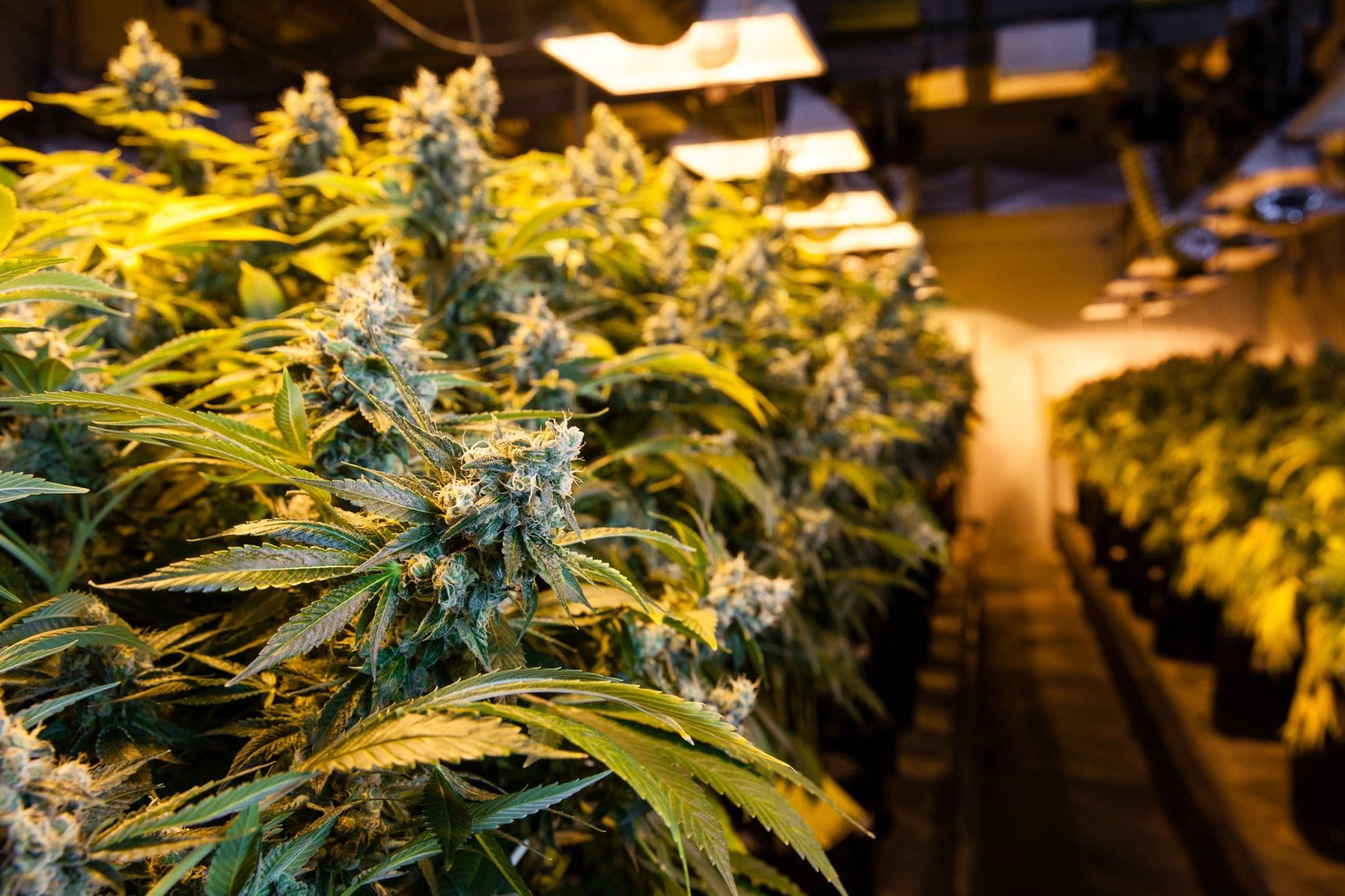Autoflowering Cannabis Beginner’s Guide: Low-Maintenance Growing

Welcome Weedologists to our comprehensive guide on cultivating autoflowering cannabis, the epitome of low-maintenance gardening. Whether you’re a seasoned enthusiast or just dipping your toes into the world of cannabis cultivation, this guide will equip you with everything you need to know to nurture your own flourishing garden.
Understanding Autoflowering Cannabis: What Sets It Apart
Autoflowering cannabis, as the name suggests, blooms automatically based on its age rather than light cycles. This characteristic sets it apart from photoperiod strains, making it a favorite among growers seeking simplicity and efficiency. The genetics of autoflowers are typically a blend of Cannabis ruderalis, which contributes the autoflowering trait, and indica or sativa strains for desired effects and flavors. The result is a resilient plant that thrives in various conditions and matures rapidly, often ready for harvest in as little as 8 to 10 weeks from seed.
The Low-Maintenance Advantage of Autoflowering Strains
One of the most enticing aspects of growing autoflowering cannabis is its low-maintenance nature. Unlike photoperiod plants, which require meticulous light management to trigger flowering, autoflowers transition from vegetative growth to flowering automatically. This means you can say goodbye to complex light schedules and hello to a more relaxed approach to cultivation. Whether you’re a busy professional or a casual hobbyist, autoflowers offer the flexibility and ease you need to enjoy the growing process without feeling overwhelmed.
Choosing the Right Autoflowering Cannabis Seeds
Selecting high-quality autoflowering seeds is paramount to a successful harvest. With a wide range of strains available on the market, it’s essential to do your research and choose varieties that align with your preferences and growing environment. Consider factors such as yield potential, flavor profiles, and resistance to pests and diseases. Look for reputable seed banks with a track record of providing premium genetics and reliable customer service. Popular autoflowering strains include Northern Lights, White Widow, and AK-47, each offering unique characteristics suited to different tastes and preferences.
Setting Up Your Autoflowering Cannabis Garden
Creating the perfect environment for your autoflowers is crucial to their success. Whether you’re growing indoors or outdoors, providing optimal conditions will ensure healthy growth and maximum yields. Indoors, invest in quality lighting such as LEDs or HPS lamps, and maintain proper ventilation and temperature control to mimic the natural outdoor environment. Consider using organic soil or a hydroponic system tailored to autoflowers’ specific needs, and monitor pH levels to ensure nutrient uptake is optimized. Outdoors, choose a sunny location with well-draining soil and protection from strong winds and pests.
Nutrient Management for Autoflowering Cannabis
Nutrient management plays a crucial role in the health and vitality of your autoflowering cannabis plants. While they may require fewer nutrients than photoperiod varieties due to their shorter life cycle, providing the right balance is essential for robust growth and high-quality yields. Start with a mild, balanced fertilizer formulated specifically for cannabis cultivation, and gradually adjust the strength based on your plants’ response. Organic options such as compost tea and worm castings can also enhance soil fertility and microbial activity, promoting overall plant health.
Maintaining Your Autoflowering Cannabis Garden
While autoflowers are known for their resilience and low-maintenance nature, they still require attention and care throughout the growing process. Monitor your plants regularly for signs of pests, diseases, or nutrient deficiencies, and address any issues promptly to prevent them from escalating. Pruning and training techniques such as topping and low-stress training (LST) can help maximize light penetration and airflow, leading to healthier, more productive plants. However, exercise caution and avoid excessive manipulation, as autoflowers have a limited vegetative period and may not recover as quickly as photoperiod strains.
Harvesting and Enjoying Your Autoflowering Bounty
With proper care and patience, your autoflowering cannabis plants will reward you with bountiful buds in just a matter of weeks. As harvest approaches, closely monitor the trichomes – the tiny resin glands on the flowers – using a jeweler’s loupe or microscope. Harvest when the trichomes have reached their desired level of maturity, typically when they are cloudy or amber in color, for optimal potency and flavor. Once harvested, dry and cure your buds slowly to preserve their aroma, flavor, and potency, then sit back, relax, and enjoy the fruits of your labor in moderation.
The information contained in this blog post is for informational purposes only and is not intended as a substitute for medical advice, diagnosis, or treatment. Read our full disclaimer.

